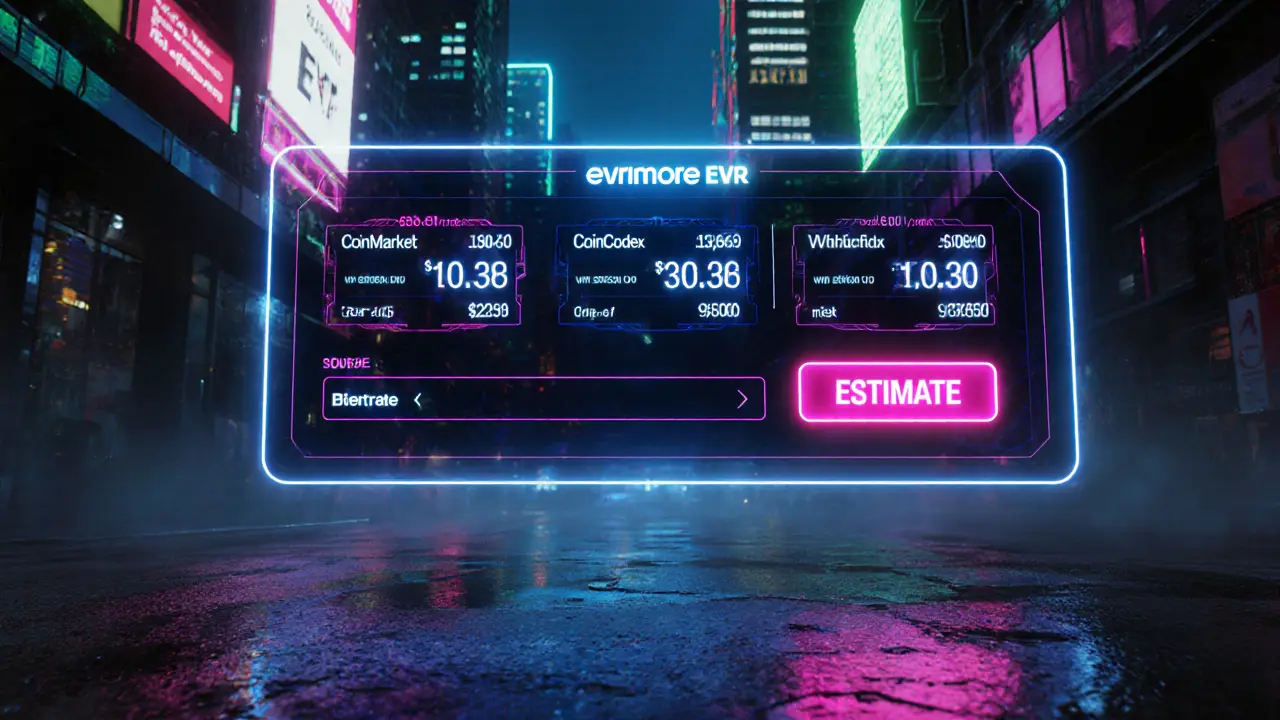Learn what Evrmore (EVR) is, its Bitcoin‑based tech, DeFi and NFT features, market data, mining, and how to start using it-all in plain language.
Bitcoin Lightning integration: How it powers instant, cheap Bitcoin payments
When working with Bitcoin Lightning integration, the process of linking Bitcoin wallets, services and merchants to the Lightning Network for near‑instant, low‑fee transactions. Also known as Lightning‑enabled Bitcoin, it lets you keep Bitcoin’s security while moving value off‑chain.
The Lightning Network, a second‑layer protocol that creates bi‑directional payment channels on top of Bitcoin is the engine behind this integration. By opening a channel between two parties, the network settles many tiny transfers off‑chain and only records the net result on the Bitcoin blockchain. This reduces congestion, slashes fees, and makes micro‑transactions viable for everything from coffee purchases to gaming loot boxes.
One key component is the payment channel, a private ledger between two participants that tracks balances until they close the channel. Channels can be funded with any amount of Bitcoin, and the more you use them, the more you spread the channel‑opening cost across countless payments. That’s why micropayments, tiny value transfers that would be uneconomical on‑chain become practical – each payment can cost a fraction of a cent.
Why Bitcoin needs Lightning for scaling
Bitcoin’s base layer processes roughly 3‑7 transactions per second. When demand spikes, fees climb and confirmation times stretch. Lightning integration addresses this problem by moving the bulk of everyday activity off‑chain. The result: users keep the same Bitcoin they trust, but they enjoy the speed of a payment app. This off‑chain settlement also preserves Bitcoin’s censorship‑resistance because channel closures can be forced on‑chain if needed.
From a developer’s perspective, integrating Lightning means adding a client library, configuring a node, and handling invoice creation. Most wallets now expose simple QR codes that encode a Lightning invoice – a string that tells the payer how much to send, to which channel, and when the payment expires. The invoice itself is a tiny piece of data that the network validates without touching the main chain until the channel is closed.
Businesses reap immediate benefits. Retailers can accept Bitcoin without worrying about high merchant fees or slow settlements. Content creators can set up pay‑per‑view or tip systems that pay out instantly. Even decentralized finance (DeFi) platforms are experimenting with Lightning to move collateral quickly between chains.
Security remains a top priority. Because Lightning channels rely on the underlying Bitcoin blockchain for final settlement, any attempt to cheat can be challenged by broadcasting the latest channel state. This “penalty” mechanism forces honest behavior and makes the system as safe as Bitcoin itself, as long as users keep their node software up to date.
Looking ahead, the ecosystem is expanding. New specifications like AMP (Atomic Multi‑Path Payments) split a single payment across multiple routes, improving reliability. Mobile wallets are adding custodial Lightning options that let users tap‑and‑pay without running a full node. Meanwhile, research on watch‑towers—services that monitor channels for fraud—makes it easier for casual users to stay protected.
All of these developments feed into the broader narrative of Bitcoin scaling. Lightning integration isn’t a bolt‑on; it’s a core piece of the roadmap that lets Bitcoin stay relevant for everyday commerce while preserving its original store‑of‑value promise.
Below you’ll find a curated collection of articles that dive deeper into each aspect: from detailed reviews of Lightning‑enabled exchanges, to technical guides on setting up a node, to market analysis of how Lightning adoption is reshaping Bitcoin usage. Explore the posts to see real‑world examples, step‑by‑step tutorials, and the latest trends shaping the Lightning ecosystem.

